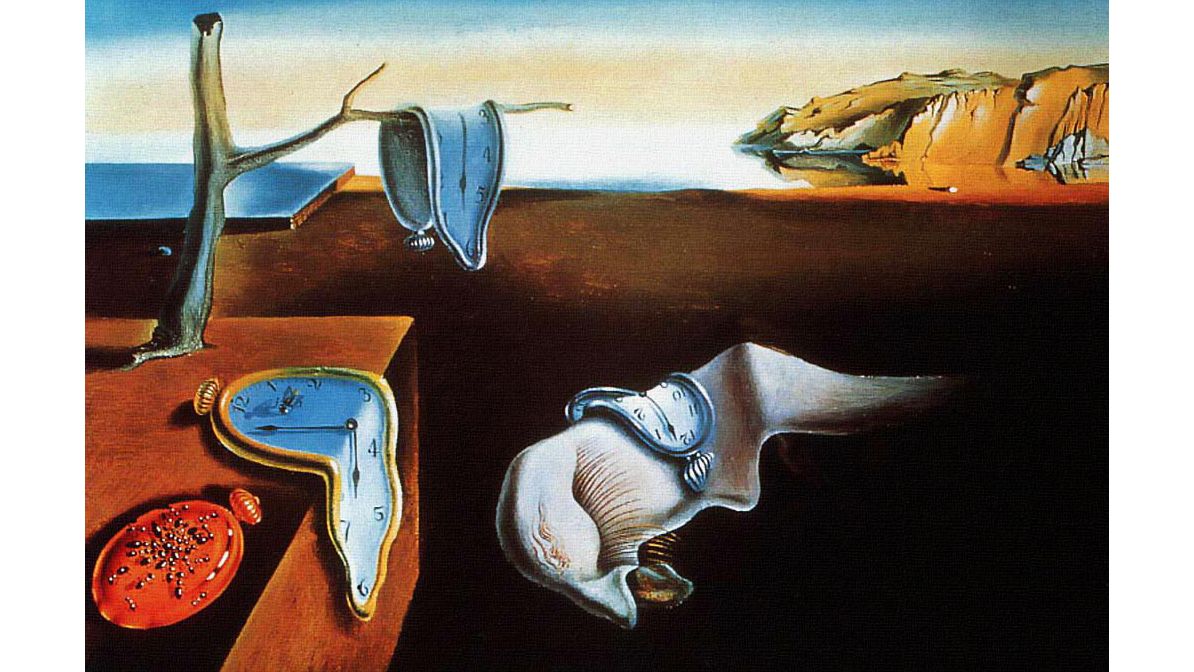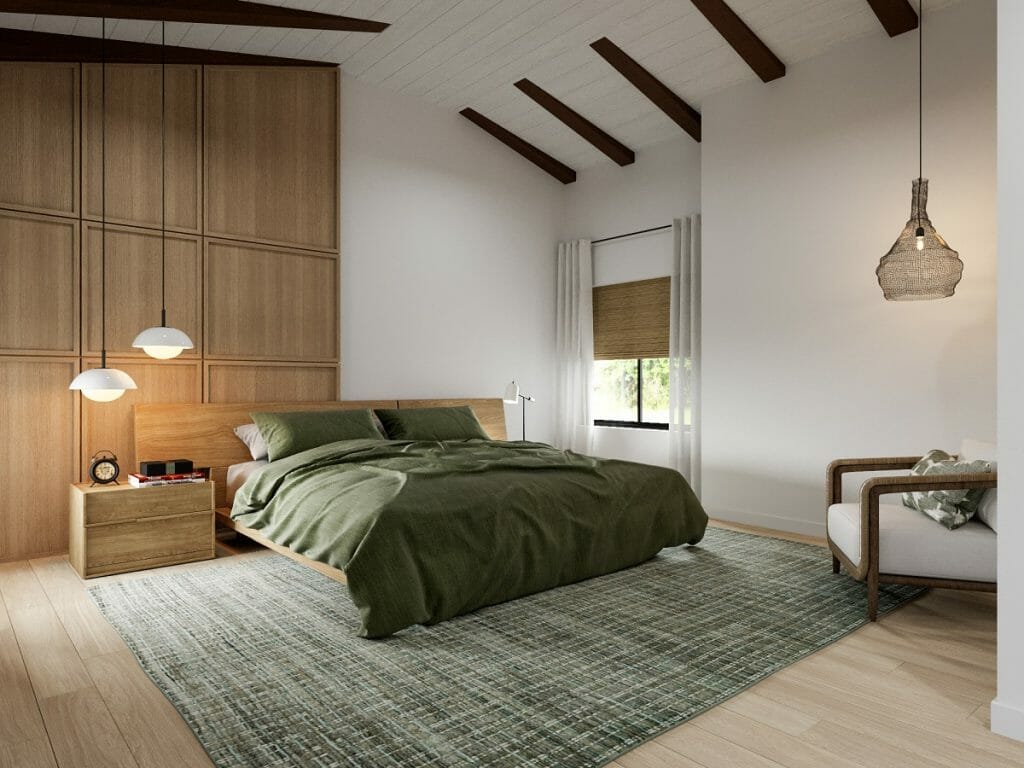Table Of Content
- Essential Elements of Japanese Style
- Slender House
- Our work has been described as “house-sized furniture.”
- Pottery Barn parent Williams-Sonoma fined for marketing furniture as ‘crafted’ in the U.S. when it was made in China
- Open Sky House – by Yoshitaka Suzuki And Associates
- Shikii and Kamoi – The “Rails” of a Sliding Door
- Miraie Lext House Nagoya / Kengo Kuma & Associates
- Integrate Simple Furnishings

They were dimly lit and barely heated by a single wood-burning hearth (irori), also used for cooking. The arches, front yard, and courtyard define exotic architectural elements in the house. Light, wind, and the changing seasons can all be felt strongly, making this a comfortable home with a hint of simple but exotic elements. Shoji is the name for the traditional paper fitted to windows and doors. It acts like a curtain, letting in just enough daylight to dip the room in a soft, warm light without being glaring.
Essential Elements of Japanese Style
The heavy roof and deep overhangs are an aesthetically important part of a traditional Japanese home. This roof is covered with ceramic tiles, which were unusual in this area where most homes used to be roofed with thatch. The panel on top of the shoji screens consists of two perforated panels with one sliding behind the other; opening or closing these apertures allows the room to adapt to different ventilation needs of changing seasons. Architect Charlie Lazor designed this peaceful, lakeside prefab in Ontario, Canada with a Japanese-style bathroom, clad in teak, with a matching tub and sink by Bath in Wood.
Slender House
As in any typical living room, this is the area of the house where people gather. It is a room for TV-watching, having drinks, and simply enjoying each other’s company. The agarikamachi is a step higher than the tataki floor and leads directly to the main entryway.

Our work has been described as “house-sized furniture.”
Traditionally, Japanese neighborhoods were very tightly knit, with everyone being acquainted, providing a structure of safety and security. Like in many other different countries, you’ll find a nameplate and letterbox at the entrance to a Japanese house. Traditionally, nameplates are made out of stone and wood and feature the name of the resident family, spelled out in kanji characters. Recently, a lot of people opt for a nameplate out of modern material to match their house, and their name spelled with Roman characters.
Japanese architects are pioneering innovative, eco-friendly living solutions such as small homes, passive solar temperature control, daylighting, and other green home features. Tatte hanjo nete ichijo,” which means that you only need half a tatami mat to stand and a full mat to sleep. The ideology that holds that we don’t need anything more than the fundamentals is derived from Zen. A must in every Japanese home is the tokonoma, a slightly raised alcove that is beautifully decorated, usually with a hanging scroll and an ikebana flower arrangement. You cannot lock them like a door, for example, and they’re not soundproof, meaning that you can basically hear everything said in the adjacent room. Modern-day Japanese families put a lot more value on privacy, so even in traditional homes, you might come across lockable doors.
The mats muffle noise and prevent sound from reverberating to the floor below. Peace from quiet surroundings is essential anywhere, but especially in a Japanese home where stillness is almost a cultural requirement. Distinguished by its distinctive roof structure, this modern Japanese house establishes a feeling of expansiveness and integration with the neighboring scenery. The indoor areas are meticulously planned to optimize sunlight and offer a pleasant living setting. The most noteworthy aspect of this dwelling is the exquisite garden encircling the house. The architectural intention behind this modern Japanese house is to harmonize effortlessly with its environment.
Sliding doors open the ground floor to the surroundings, transforming this dwelling into a social space that welcomes friends and neighbors. Color schemes in modern Japanese houses typically lean towards neutral tones, such as white, gray, and beige, with accents of natural wood and subtle pops of color inspired by nature. This minimalist approach to interior design is consistent with the Japanese philosophy of “wabi-sabi,” which embraces simplicity, imperfection, and the beauty of natural materials. Built on a steep slope on a hillside that overlooks the city of Nisshin, this house solves the difference between levels in an ingenious way.
Each room shares a visual connection created by white walls and brown wood floors. Floor Plan C is a Japanese home that showcases an ample living space for a bigger family. With multiple bedrooms to avail of, any multi-generational clan can make this house a home. As with most countries in Asia, Japan traditionally has three generations of the family living under one roof. You might not always find this porch-cum-entryway in this shape, but it’s predominant in traditional Japanese homes. The engawa/entryway is typically unmatted, where one can enjoy the outdoors, sans footwear.
Integrate Simple Furnishings
How to visit the Huntington's ancient Japanese Shoya House - Los Angeles Times
How to visit the Huntington's ancient Japanese Shoya House.
Posted: Fri, 20 Oct 2023 07:00:00 GMT [source]
Pritzker Prize-winning architecture studio SANAA designed this Japanese modern house with separate living spaces that allow the client to rent out rooms and adapt the volumes to different needs. Independent gardens surround the white volumes, with greenery connecting different areas of the property and establishing serene outdoor spaces. Designed with one or up to three stories, the buildings have different purposes. One volume contains a bathtub while another features living spaces bathed in light thanks to large windows on all sides. Completed by the Snark architecture firm, this two-story home in Maebashi, Gunma Prefecture, celebrates the clients’ love of gardening with a creative half dwelling / half greenhouse design. The greenhouse with acrylic glass panels and a wooden frame complements the residential part of the dwelling while remaining an independent structure.
Located on Okinawa Island, this Japanese modern house features three simple volumes with a bright white exterior. Closed on the facade to shelter the living spaces from the street, the house boasts glazed walls at the rear. Both the generous glazing and the roof terrace provide uninterrupted views of the ocean. Built in a quiet residential area of Okayama, Japan, Foyer House by Toki Architect Design Office brings nature inside the living spaces with several interior courtyards.
But due to its inherent qualities, you cannot sleep in the same positions as you would on a mattress. Sleeping on a tatami mat takes some getting used to, but in the end, it is better on your back. Compared to your typical western mattress, a tatami mat consists of 100% natural materials.
The interiors are crafted to optimize natural light and provide a cozy living environment. Designed by SAI Architectural Design Office, this Japanese modern house features two volumes with a covered central space that connects them to the forest landscape. Named Seki House, this dwelling in Toyono-cho, Osaka, has a flexible design thanks to the large doors that open or close the covered terrace. Here, the inhabitants can relax in a private lounge area or invite friends and neighbors to a barbecue party on the terrace. 10 pillars support the large roof, but the studio arranged them on two separate sides to keep this area as airy and open as possible. Modern Japanese architecture has gained international recognition, with renowned architects like Kengo Kuma and Tadao Ando pushing the boundaries of design.
She found inspiration for the color palette through a visit to Yakushima, an island in Japan that is deeply wooded and dense. “A Japanese inspiration and philosophy of openness and exploration,” she calls it. The “mood board,” as Thompson describes the interior scheme, is meant to accentuate the very nature of fall, generating a distinctive emotional response to the seasonal shift. The mid-century modern time capsule was built in 1960 by Jack A. Charney, a disciple of California architect Richard Neutra.
This makes it a natural air purifier without having to resort to chemical fresheners and sprays. In Japan, decorations are placed symbolically (not haphazardly) and with intention. "Traditional Japanese-style rooms have an alcove (tokonoma), which is the space for a hanging scroll (kakejiku) and ikebana flowers," Kaneko says.











